1.5 Deliver targeted education and incentives to the public to reduce sewage spills and overflows
Disposal of inappropriate items such as baby wipes and kitchen grease down toilets and drains is a common cause of sewer blockages and overflows. Broken or leaking privately owned sewer lines are also a recurring problem, especially in older areas with aging infrastructure.
2.5 Deliver targeted education and incentives to improve operation and maintenance of septic systems and encourage upgrades for enhanced nutrient treatment
Regular septic system maintenance is economical compared to other costs of home maintenance and to central sewer fees. Education is needed to encourage proper maintenance of systems, along with incentives to upgrade to newer technologies with improved nutrient reduction.
4.3 Strengthen local fertilizer ordinances and improve compliance
Sarasota County was among the first in the state to enact local restrictions on fertilizer use to protect water quality. The ordinance could be substantially strengthened by additional provisions to require point-of-sale educational signage on proper fertilizer use to promote greater awareness and compliance.
4.4 Deliver targeted education and resources to HOAs
Lawn care standards imposed in deed-restricted communities can conribute to excess fertilizer use and water pollution. Educating Homeowner Associations about Florida-friendly landscape practices is an efficient way to maximize environmental benefits with limited educational resources.
4.5 Deliver targeted education and resources to landscape professionals and golf course managers
Sarasota County has almost 6,000 acres of golf courses and athletic fields and a large number of professionally managed residential and commercial lawns and landscapes.
4.6 Deliver targeted education and resources to farmers and ranchers
Sarasota County has a strong agricultural heritage founded on cattle ranching and now diversified into multiple commodities, including citrus, sod and ornamental plant nurseries
4.7 Encourage and facilitate commercial composting and redistribution for rebuilding soils
State law mandates that Sarasota and other large counties recycle 75% of their waste stream. Composting of yard waste contributes to that goal, but food waste is not collected or composted at large-scale.
5.2 Educate the public about the link between air and water quality and choices to reduce nitrogen oxide emissions
There is little awareness among the general public that air quality affects water quality. Improved public understanding of the link between air quality, water quality, and environmental and human health
7.1 Distribute homeowner guides for home and neighborhood stormwater improvement BMPs and projects
A comprehensive guide to Best Management Practices for individual homeowners and neighborhoods would provide a “one-stop shop” of tools and information to advance community involvement in reducing nutrient pollution.
7.2 Continue support and capacity for homeowners and HOAs to install stormwater improvement projects with free professional consultations and cost-share grants
Free professional consultations, financial assistance, and replicable demonstrations of successful pond management, Florida-adapted landscaping or green infrastructure elements
7.3 Support recognition or leadership programs for homeowners, HOAs, and businesses adopting, funding, and promoting green infrastructure improvements and BMPs
Recognition programs can motivate and engage citizens to protect their local waters, and drive community momemtum for positive change.
7.4 Support and promote green infrastructure demonstration projects with interpretive signage on publicly accessible properties
Visibility and awareness of successful green infrastructure projects can be increased through interpretive signage, demonstration sites, and guided or self-guided tours at publicly accessible places such as parks, government buildings, botanical gardens and museums.
9.4 Support a common publicly accessible website for data storage, visualization, and information sharing
The Water Atlas websites for Sarasota County and the Coastal and Heartland National Estuary Partnership are a valuable but underutilized resource for collecting and conveying a variety of data to citizens, scientists, resource managers and users, and policymakers.
9.5 Increase capacity of area water quality professionals by supporting strong informational and professional networks
Strategic investments in elevating the skills, knowledge and networks of water quality professionals in the Sarasota area will strengthen their capacity to communicate and collaborate to solve the region’s water quality challenges.
9.6 Develop and deliver collaborative water quality education and outreach using local partnerships and networks
Collaborative education and outreach that capitalizes on trusted local networks, embraces multi-cultural communication, and skillfully delivers consistent and creative science-based messages
9.7 Support local policymaker understanding of the cost-effectiveness of water quality protection policies
Supporting policymakers with the best available science and information about cost-effective nutrient management strategies, and communicating those concepts clearly and consistently,


